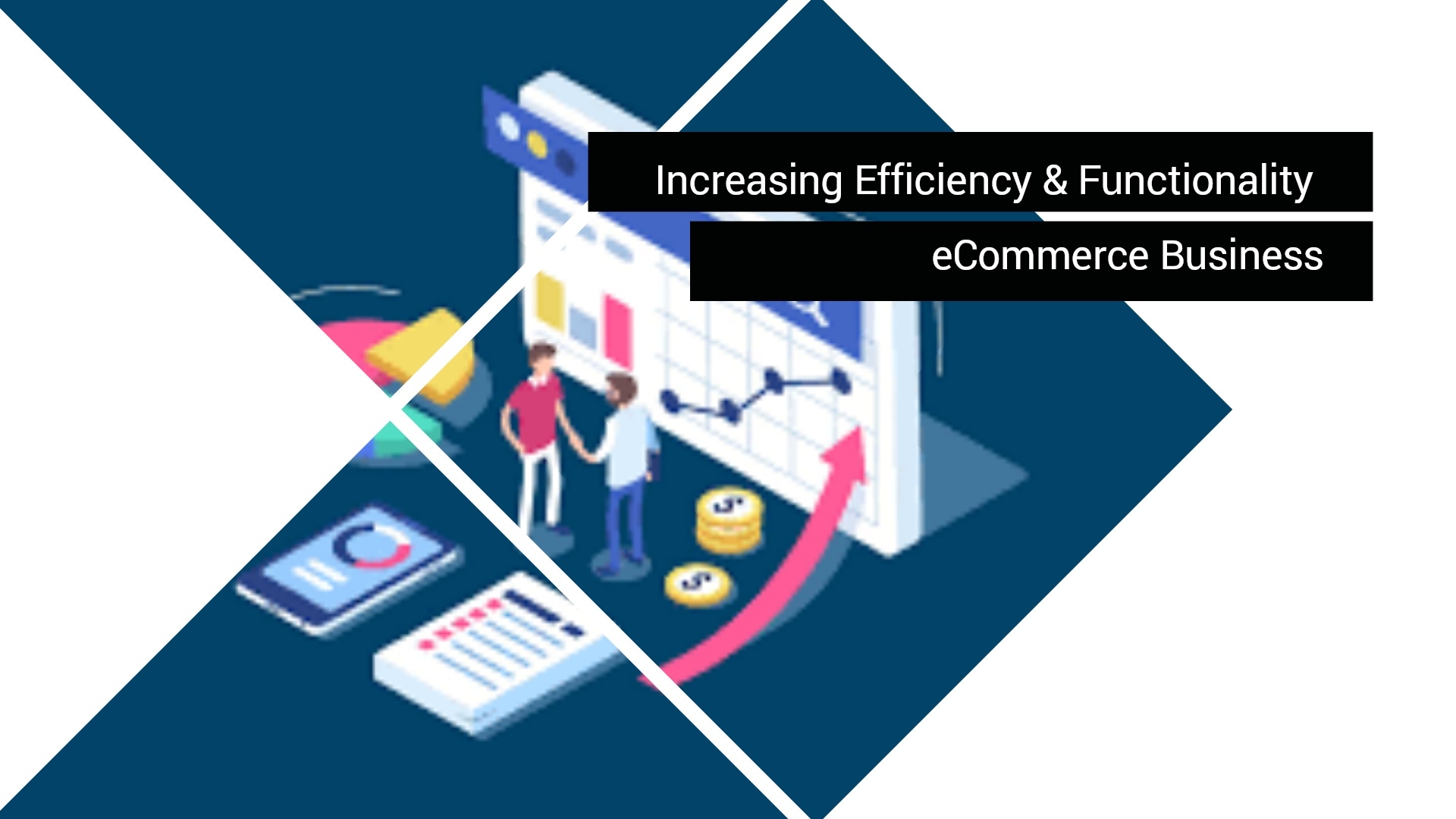Tips for Increasing the Efficiency and Functionality of Your eCommerce Business
ECommerce has given small and midsize enterprises (SME) a chance to grow into bigger companies with customers from all around the world. Those customers have high expectations from online businesses, challenging them to steadily improve the quality of their eCommerce businesses.
Each part of an eCommerce operation – ranging from customer-facing operations on the front end to fulfillment and inventory management on the back end – can be upgraded to improve efficiency and expand functionality. Improvements include online personalization, mobile optimization, and intelligent commerce to engage with customers, alongside enhancements throughout the internal supply chain.
Personalization Is Key
Customer expectations are higher than ever before, with technological advancements that provide an abundance of information about products and services. People are better equipped to research eCommerce sites and online reviews that help to inform their purchase decisions.
While quality service and fair prices used to be enough to keep customers satisfied, they now demand more personalized service that fosters long-term loyalty. People are more likely to remain loyal to companies that can show how well they understand their customers by having a full view of their shopping habits.
Personalization is key to standing out amid the many choices consumers have among a wide variety of products and service. Fortunately, personalization is possible for even the smallest eCommerce businesses, including emerging brands whose goals include customer loyalty along with brand awareness and greater market share.
Personalization not only includes the content that customers see when they visit an eCommerce site, but also promotional efforts such as customized e-mail marketing campaigns. eCommerce businesses can tailor their messaging to connect with customers based on their past shopping habits.
eCommerce sites can also personalize what customers see based on their geographic region, shopping habits, product browsing history, date of birth, and average order size, among other attributes. However, it’s important to let customers know how their personal data is being used to give them greater assurances of privacy. Many people are willing to share personal information, but they want to see tangible benefits like discounts and other special offers.
Mobile-First Focus
ECommerce has migrated to mobile devices as people grow more comfortable with using smartphones to shop. Providing a mobile-friendly experience is necessary to convert Internet users into paying customers.
Mobile-first initiatives are currently undergoing a massive shift with changes in technology. While responsive design is the current industry standard, there are many forward-looking advancements that will soon become commonplace.
Progressive Web Apps (PWAs), which use regular Internet technology but deliver an app-like experience in a mobile or desktop Web browser, have become more popular among eCommerce sites. PWAs are easier to maintain than mobile apps, making them more accessible to SMEs that don’t have the financial resources and manpower for IT development. Oftentimes, SMEs can’t justify the effort to build a mobile app that’s difficult to find in crowded app stores.
However, shoppers now expect app-like experiences that include a modern mobile interface, app-like navigation and functions, and features such as push notifications. PWAs provide all these features and can be easily updated without requiring customers to download the latest upgrade.
Intelligent Commerce on the Rise
Intelligent commerce relies on the latest artificial intelligence (AI) and machine learning (ML) technologies to improve website functionality. More eCommerce businesses are adopting these innovations to make their websites more dynamic.
Marketers and merchandisers currently can collect troves of data about their customers, but the next step is putting that information to work with intelligence commerce that’s more responsive than past digital technologies.
These innovations have become more accessible to SMEs, giving them stronger footing to compete with bigger rivals. Supplementing data-driven eCommerce initiatives with AI is becoming an important way to satisfy the need for the personalization of eCommerce experiences.
Improving Online Checkout
Retailers can have amazing eCommerce sites with the latest features to engage shoppers, only to see those efforts wasted with an abandoned shopping cart. To cut down on abandonment rates, which are estimated to be as high as 80 percent, eCommerce sites need to harness as much data as possible to figure out when shoppers don’t follow through with a purchase.
For example, a shopping session on an eCommerce store that ends abruptly may indicate a customer was distracted by something else, was surprised by high prices, or was virtually window-shopping. ECommerce sites can use that information to determine whether they should send a reminder email that includes discounts or other promotions to close the sale.
Customers who routinely drop off during checkout may indicate that the process is creating too much friction and needs to be redesigned.
Back-End Integration
A key part of improving front-end operations is connecting them with back-end support, giving customers greater visibility into product inventories online. That helps to manage their expectations and increases the likelihood they’ll be satisfied with a final purchase. Improved customer satisfaction helps to cut down on product returns that are costly to restock.
Better inventory visibility lets shoppers at physical stores check the availability of items, helping them to decide whether to visit another store location or to order products for delivery. Greater transparency also helps eCommerce businesses determine which warehouses can provide the quickest and least expensive distribution.
Ultimately, a lack of visibility and access to inventory typically results in inflated shipping and logistics costs – and possibly the loss of a sale.
Thinking Ahead
These tips for improving the efficiency and functionality of eCommerce operations reflect some of the most common areas for advancement and future progress. It’s important to take a holistic approach toward eCommerce, considering how front-end operations can work more seamlessly with back-end functions to boost customer satisfaction and longer-term loyalty.
SMEs that demonstrate their willingness to exceed the expectations of customers by personalizing their interactions, delivering a mobile-first experience, and adopting intelligent commerce solutions will stand out in a crowded marketplace. Improving online checkouts and making inventories more transparent to customers boost the likelihood that customers will keep coming back.



